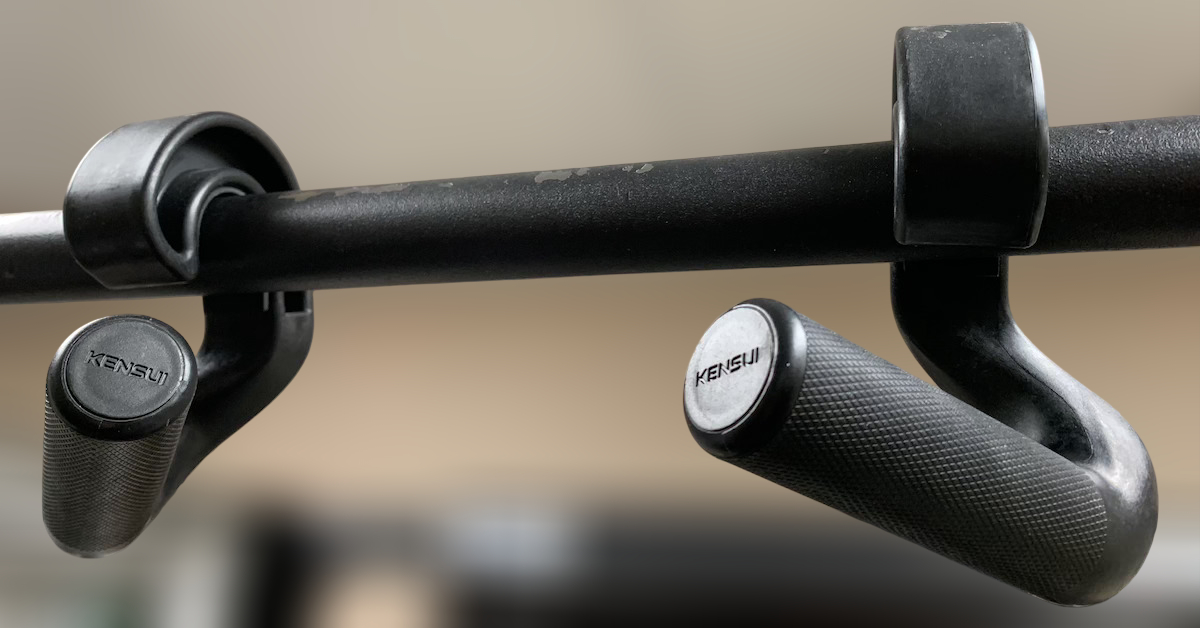Stretching can be a useful diagnostic tool for identifying potential spinal nerve impingements. For example, straight leg raising is commonly used to stretch the hamstrings and calves, but it can also help assess sciatic nerve irritation—as outlined in Modern Principles of Athletic Training by Daniel Arnheim.
Straight Leg Raising (Affected Side)
With the athlete lying flat on a table, the leg on the affected side is lifted by the heel as far as possible. If the test is positive, the athlete feels pain radiating down the leg and into the low back region.
To confirm whether the pain is due to nerve root involvement rather than simple hamstring tightness:
- Lower the leg to a point where the pain stops.
- Dorsiflex the foot and flex the neck.
- If the pain returns, it indicates nerve root pathology.
Straight Leg Raising (Unaffected Side)
The examiner raises the athlete’s unaffected leg. If pain occurs in the low back on the affected side and radiates along the sciatic nerve, this provides further evidence of nerve root inflammation.
For more details on performing this test and treatment options, check out Stretch for Strength.
![Stretch for Strength [Video Presentation]](https://theelitetrainer.com/wp-content/uploads/2019/03/Stretch-for-Strength-Video-and-Slide-Presentation.jpg)
Stretch for Strength [Video Presentation]
Stretching isn’t just about flexibility—it can directly improve strength, performance, and resilience when done correctly. In this 104-minute video presentation, John Paul Catanzaro delivers one of the most comprehensive and practical explorations of stretching ever compiled. Includes a 101-page PDF slide deck with references.

Upgrade Your Pull-Ups with Swissies-SP Handles
Pull-ups are one of the best exercises for building back and arm strength—but not all pull-up bars are created equal.

No Time to Walk After a Meal? Do This Instead!
By now, most people know that getting in daily steps is essential for overall health. In particular, taking a short

Stay Fit on the Fly: No-Excuse Workouts for Travelers
One of the biggest challenges people face when traveling is maintaining their exercise routine. The two most common excuses? Lack
follow
Error: No feed with the ID 2 found.
Please go to the Instagram Feed settings page to create a feed.
